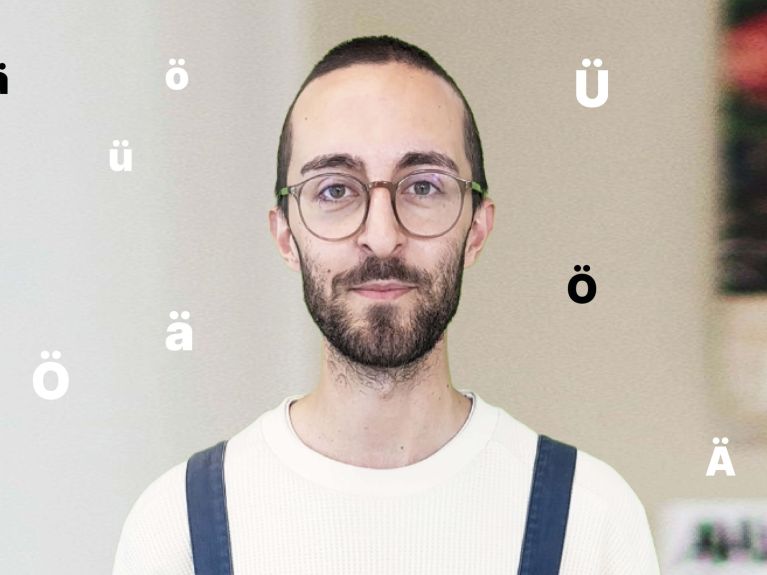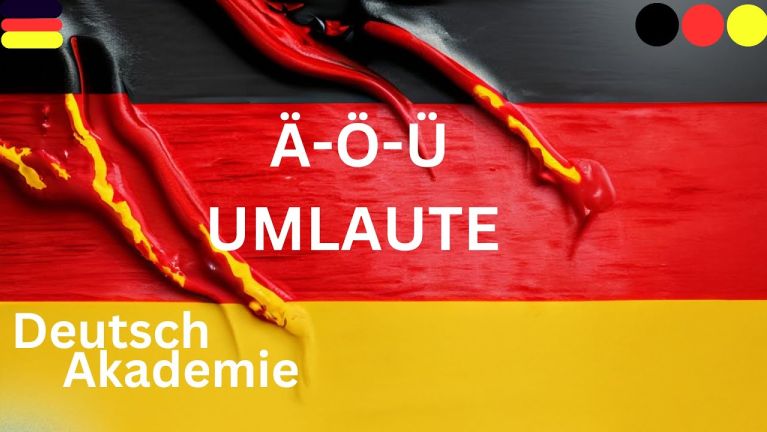German umlauts: two dots that raise many questions
How are the umlauts ä, ö and ü pronounced, and how are they used? Everything about the meaning of the special dots over some German letters - including examples.

The two dots above the letters a, o or u may seem quite inconspicuous, but in German they transform entire words and their meanings: umlauts are the trademark of the German language – in terms of both its grammar and the way it sounds.
There are three umlauts in German: ä, ö and ü. They are special variants of the vowels a, o and u, but are not considered part of the 26-letter alphabet.
As the language developed over time, the original letter a often became an ä because it was then easier to pronounce the changed word.
Umlauts are frequently used for plural words in German, as well as for diminutives, comparative adjectives and certain verb forms.
How are the letters ö, ä and ü pronounced in German?
It is important to pronounce umlauts correctly to ensure comprehension and communication. Here are some simple pronunciation guidelines:
Ä (ä): pronounced like the English “e” in “bed”
Ö (ö): similar to the English “i” in “bird”, with rounded lips
Ü (ü): pronounced like the French “u” in “tu”, with rounded lips
Why are umlauts important?
Umlauts play a key role in German grammar. Here are some typical usages:
Plural of nouns:
many nouns change their vowel into an umlaut when they occur in the plural.
Examples:
Book/books: Buch → Bücher
Apple/apples: Apfel → Äpfel
Horn/horns: Horn → Hörner
When is an ä used in the plural?
Sometimes it is difficult to decide whether to use an ä or an e in a word. In these cases it is helpful to look at the basic form of the word.
Example: Hands: “Hände” or “Hende”?
The basic form here is Hand, so the a becomes an ä.
Dieses YouTube-Video kann in einem neuen Tab abgespielt werden
YouTube öffnenThird party content
We use YouTube to embed content that may collect data about your activity. Please review the details and accept the service to see this content.
Open consent formMore than just pronunciation
Umlauts can also change the meanings of words considerably.
Example:
“schon” means: already
“schön” means: beautiful
The diminutive form:
in many cases an umlaut is added to create the diminutive form.
Examples:
Flower/little flower: Blume → Blümchen
Sack/little sack: Sack → Säckchen
Umlauts with adjectives:
German adjectives often take umlauts when they are used as comparatives.
Examples:
old/older: alt → älter
high/higher: hoch → höher
Umlauts with verbs:
Umlauts can also be involved when conjugating verbs, especially in the second- and third-person singular.
Examples:
to drive: fahren → du fährst, er/sie/es fährt
to sleep: schlafen → du schläfst, er/sie/es schläft



